Onmaeul (온마을)
741.3M 2025-07-18
127, Samcheong-ro, Jongno-gu, Seoul
A place that sells dishes made with beans, which are good for the health. This restaurant's signature menu is pureed soybean stew. This Korean dishes restaurant is located in Jongno-gu, Seoul.
Granhand Seochon (그랑핸드 서촌)
743.7M 2024-01-30
Jahamun-ro 4-gil 14-2, Jongno-gu, Seúl
Ssamzigil (쌈지길)
744.3M 2025-05-26
Insadong-gil 44, Jongno-gu, Seúl
En las animadas calles de Insa-dong se fundó un área de 500 m de largo el 18 de diciembre de 2004. Este edificio tan particular fue construido conectando las encantadoras calles con escaleras en forma de espiral. Al ir haciendo compras por las divertidas y encantadoras tiendas hasta el último piso, llegará a Haneulmadang, donde podrá tener una buena vista del cielo. Ssamzigil cubre una superficie de aproximdamente 4.000 m² con más de 70 tiendas de artesanías, galerías de arte, restaurantes y tiendas de recuerdos.
Geoan (거안)
744.2M 2025-10-23
Insadong-gil 44, Jongno-gu, Seúl
Galería de Arte Kyung-In (경인미술관)
759.9M 2021-03-18
Insadong 10-gil 11-4, Jongno-gu, Seúl.
Es un museo de arte inaugurado el 6 de diciembre de 1983, localizado en el centro de la ciudad de Seúl. Más allá de ser un espacio cultural para los artistas, es uno de los lugares turísticos frecuentados por los turistas extranjeros. En una superficie amplia de aproximadamente 1.650 ㎡, posee 5 salas destinadas a la exposición de obras artísticas, sector de exhibición al aire libre, escenario al aire libre para la representación de eventos culturales, pantalla audiovisual, la casa de té tradicional Dawon, etc.
Siendo un espacio cultural que incorpora todos los detalles modernos y tradicionales, es utilizado para la exposición de obras y como lugar de encuentro entre los artistas. Todos los rincones de este museo ofrecen algo para disfrutar, ya sea el escenario al aire libre, las esculturas que se encuentran en el jardín o las piezas de arte. En primavera y otoño, se realizan conciertos musicales y ensayos de obras con los autores.
Sarangchae de Cheong Wa Dae (청와대사랑채)
762.5M 2025-08-20
Hyoja-ro 13-gil 45, Jongno-gu, Seúl
Sarangchae de Cheong Wa Dae es un espacio donde los visitantes pueden aprender sobre cultura coreana y la historia de los presidentes de Corea. Los visitantes pueden también conocer algunas anécdotas e historias relacionadas con Cheong Wa Dae y sentir el encanto de hacer turismo en Corea.
Museo del Búho (부엉이박물관)
799.8M 2022-09-19
Bukchon-ro 143, Jongno-gu, Seúl
El búho es considerado como un animal símbolo de la sabiduría. En los cuentos infantiles, muchas veces se ven a búhos con gafas y libros en sus alas. El museo está diseñado al estilo clásico, como una cafetería, y expone obras artísticas, artesanías, etc., alrededor de 2.000 piezas relacionadas con los búhos. Dichos artículos fueron coleccionados durante 30 años, recorriendo varios lugares del mundo, por Bae Myeong-hui (madre de los búhos), quien es la directora del museo.
Es un espacio peculiar, que fue reconstruido sobre una antigua casa, y los visitantes son recibidos calurosamente por la madre de los búhos, que también les sirve café o té. Al estar ubicado cerca del centro de la ciudad, es ideal para aquellos que deseen disfrutar un momento especial, observando las artesanías y obras artísticas. Además, otra fuente de diversión es escuchar historias sobre los búhos y los episodios relacionados con la colección.
Museo Kimchikan (뮤지엄 김치간)
818.7M 2025-05-26
Insadong-gil 35-4, Jongno-gu, Seúl
Desde su fundación en 1986, el Museo Kimchikan ha expuesto las reliquias históricas relacionadas con el kimchi, los diversos tipos, maquetas de los procesos del preparado, e información sobre la eficacia derivada de su proceso de fermentación. Los visitantes aprenderán sobre el origen y la historia del kimchi a través de libros, pinturas y escrituras antiguas, y los diferentes tipos de vasijas almacenadoras de kimchi junto con los utensilios tradicionales de cocina que se utilizaban para prepararlo. También se exponen diferentes tipos de kimchi característicos en cada región de Corea y espacios para actividades.
Parque Sejongno (세종로공원)
838.3M 2024-09-10
Sejong-daero 189 (subsuelo), Jongno-gu, Seúl
El Parque Sejongno está localizado cerca del Centro Cultural Sejong de Seúl. Dentro del parque hay bancos de madera y zonas con sombra para que la gente pueda sentarse y relajarse. También hay fuentes de agua, un escenario exterior y varias esculturas. Entre semana, el parque se llena de oficinistas que lo visitan a la hora de la comida, y durante los fines de semana incluso se realizan bodas al aire libre.
K-Food Festival Knock Knock (K-푸드 페스티벌 넉넉)
842.4M 2025-06-20
Sejong-daero Jiha 189, Jongno-gu, Seúl
02-2088-4960
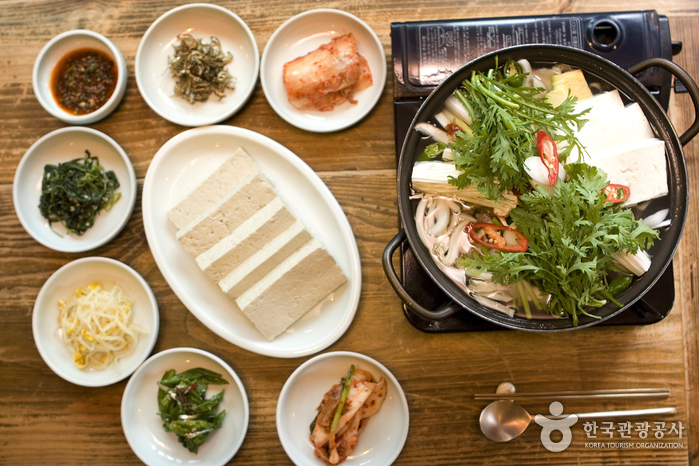
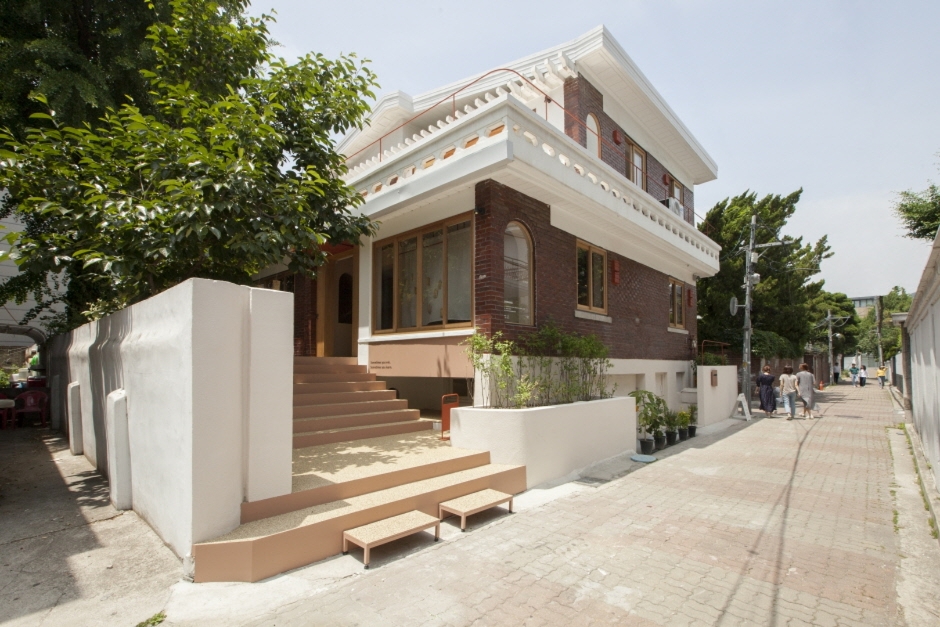
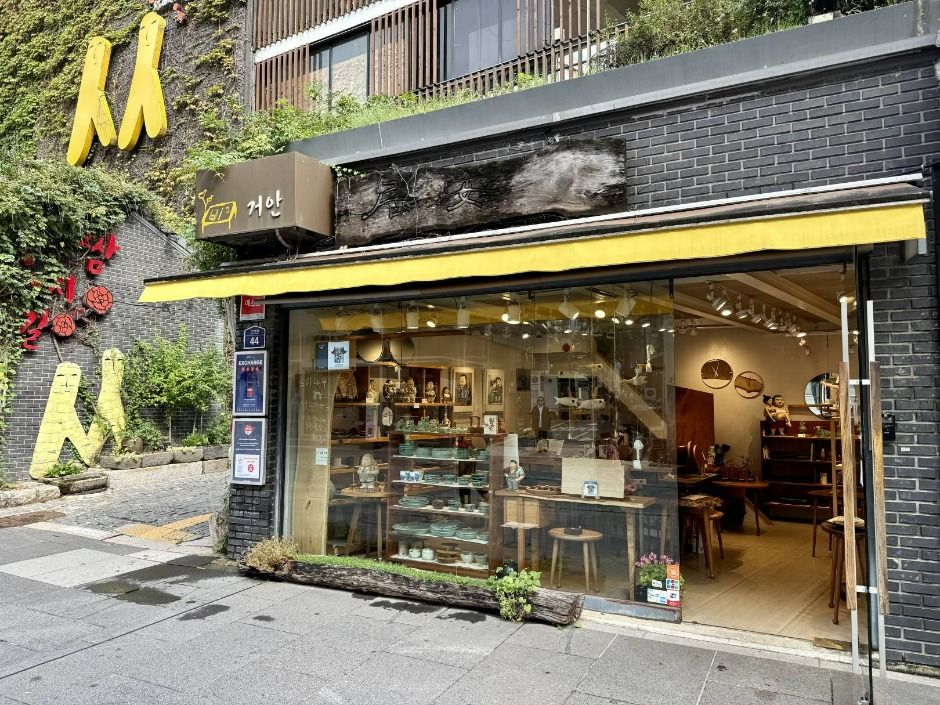
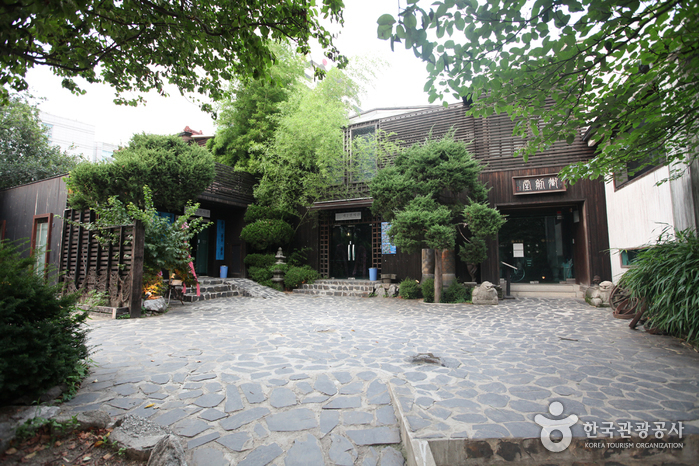
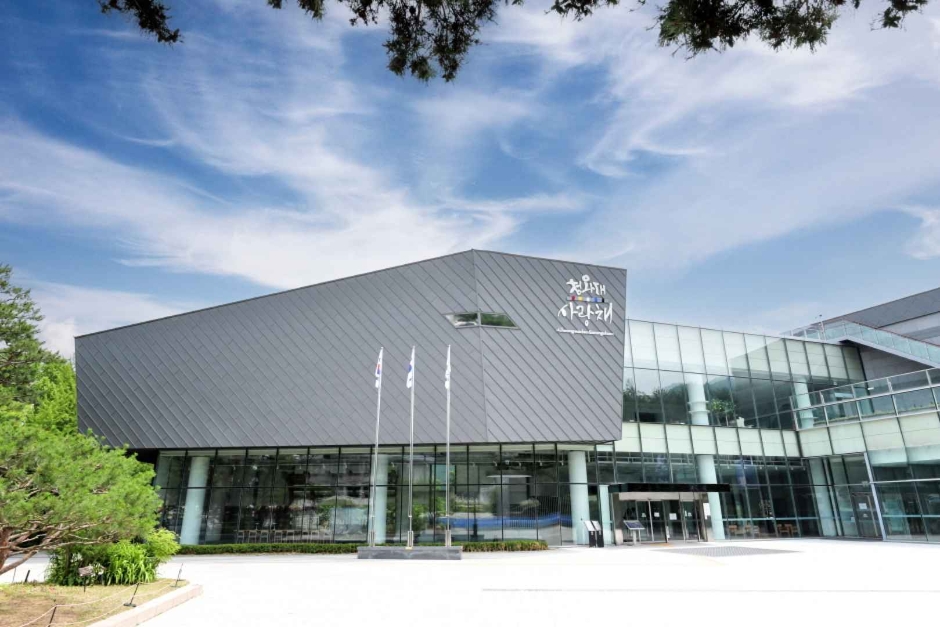
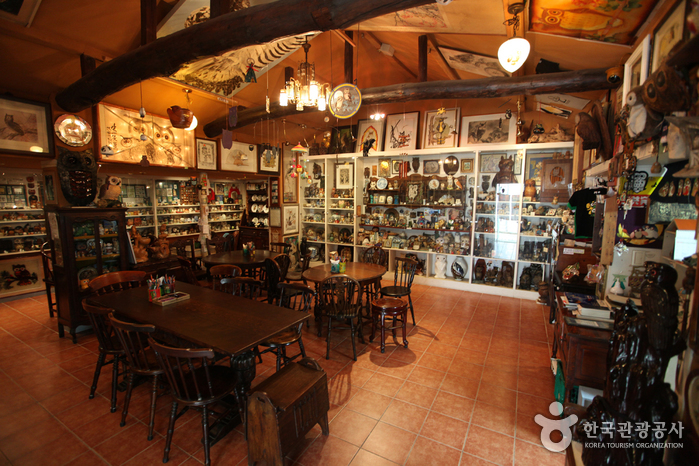

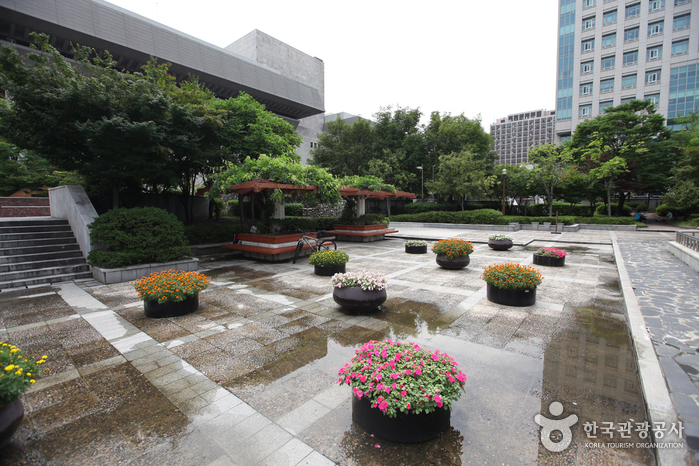
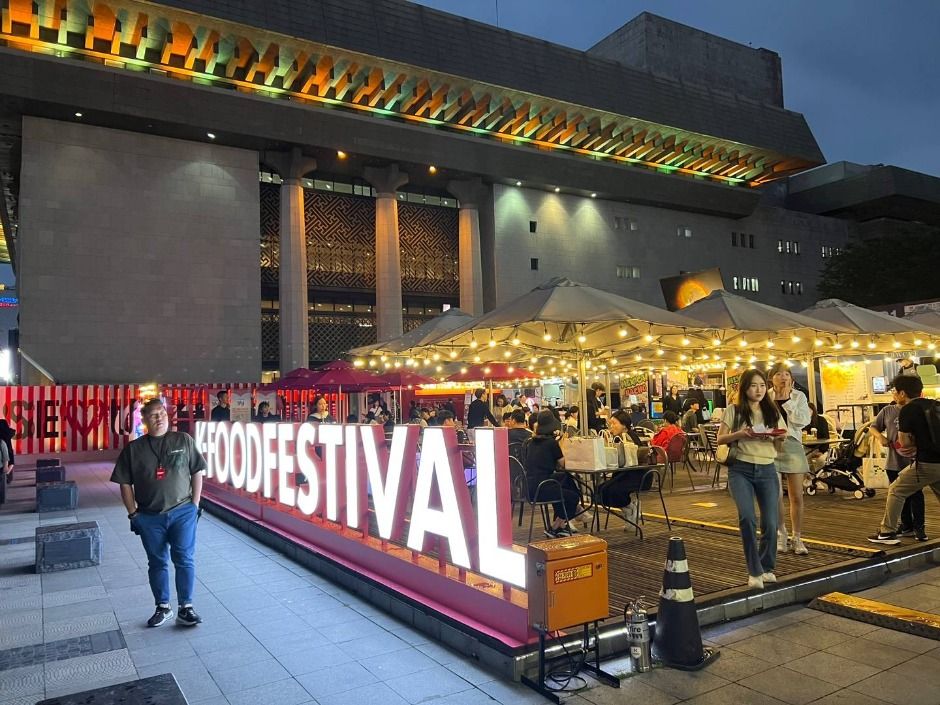
 Español
Español
 한국어
한국어 English
English 日本語
日本語 中文(简体)
中文(简体) Deutsch
Deutsch Français
Français Русский
Русский